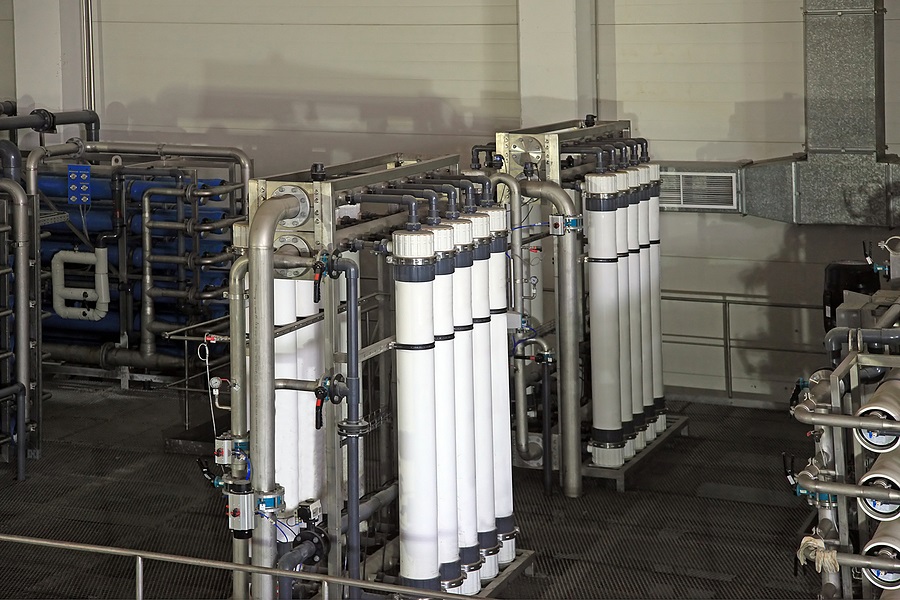How Graphene Could Solve Water Problems on a Global Scale

For years we have been utilizing the same processes for water filtration to make water safer to ingest and to use. These processes are known as ‘industrial water treatments’, and have proven to be semi-effective over the years. Industrial water treatments can consist of the boiler water treatment, in which the chemical modification of substances that are damaging to boilers are removed, the cooling water treatment which is the minimization of damage to the industrial cooling water towers, and, lastly, our wastewater treatment, that fixes sewage water for industrial use. Despite the strategy chosen, all are used to remove harmful contaminants from our water to create a safer and a healthier environment to live in.

Wastewater treatments have three specific levels of filtration that allow for the consumption and proper use of re-used water: the primary, the secondary, and the tertiary. The primary level is where contaminants are removed in waste through sedimentary processes and screening. Following this process, the biological treatment removes the particles that slipped through the first. Microbes are used to ingest the harmful chemicals and convert them into water, energy and carbon dioxide. The third and final step, the tertiary treatment, filters anything left over to ensure that the water is safe to drink. Due to its high demand of chemicals and energy, the wastewater treatment is considered quite costly and is not always one hundred percent effective; although it gets most of the job done.
Graphene and the Future of Water Filtration
Now, let’s talk about where graphene comes into play. As the strongest, most capable, and thinnest material ever discovered, graphene is expected to do life changing things for our filtration of water. Due to its impressive electricity conducting characteristics, graphene brings a component to filtration that we have never seen before: hydrophobia. This term means that graphene naturally repels water, which makes it easier to create tiny pores for the desalination process to keep all harmful contaminants out. In our other processes, the pores become too large, the equipment and material are too heavy; so many substances pass through and make it into the water that is dispersed in our supermarkets, sinks, fountains. By using the miracle properties of graphene for this particular process, it is guaranteed that none of these contaminants would pass through and make it into the filtrated water.
Another reason that this material is such a game changer is due to its low cost. As we mentioned above, it takes a lot of money to run plants for wastewater treatments considering the amount of electricity and energy that are being spent. Without having to use all of the heavy machinery to filtrate the water, companies will save a fortune on electricity. And, did we mention that graphene is the most conductive substance known at room temperature? The production of this material alone, at 1/80,000th the width of a single human hair and “500 times thinner than the filters used today,” according to Graphene Info, will cut costs for these processes into bits.
Lockheed Martin, a major name in Aerospace, patented the system called Perforene in 2013 and have spent the last four years perfecting the membranes. Considered the “Holy Grail” of the industry, the company is “under contract with two firms in the oil and gas industry to assess the feasibility of using Perforene filters to clean drilling wastewater,” according to Reuters. So far, the company has successfully implemented the infiltration of saltwater but now are working on the filtration at scale and making it “economically viable.” They anticipate the formal application to the public in the next two or more years, so in the mean time they are continuing to work on perfecting the process.
As we are part of the revolution of graphene here at Grolltex, we consider ourselves to be instrumental in our nation’s current issue of the “U.S. oil and gas industry’s 18 billion gallons of wastewater each year,” as Reuters likes to call it. We provide single layer graphene CVD sheets in an affordable cost that can change life as you know it so call us today to join our revolution.
Tags: future of filtration, Graphene, industrial, Lockheed Martin, Perforene, San Diego, waste treatment, water filtration